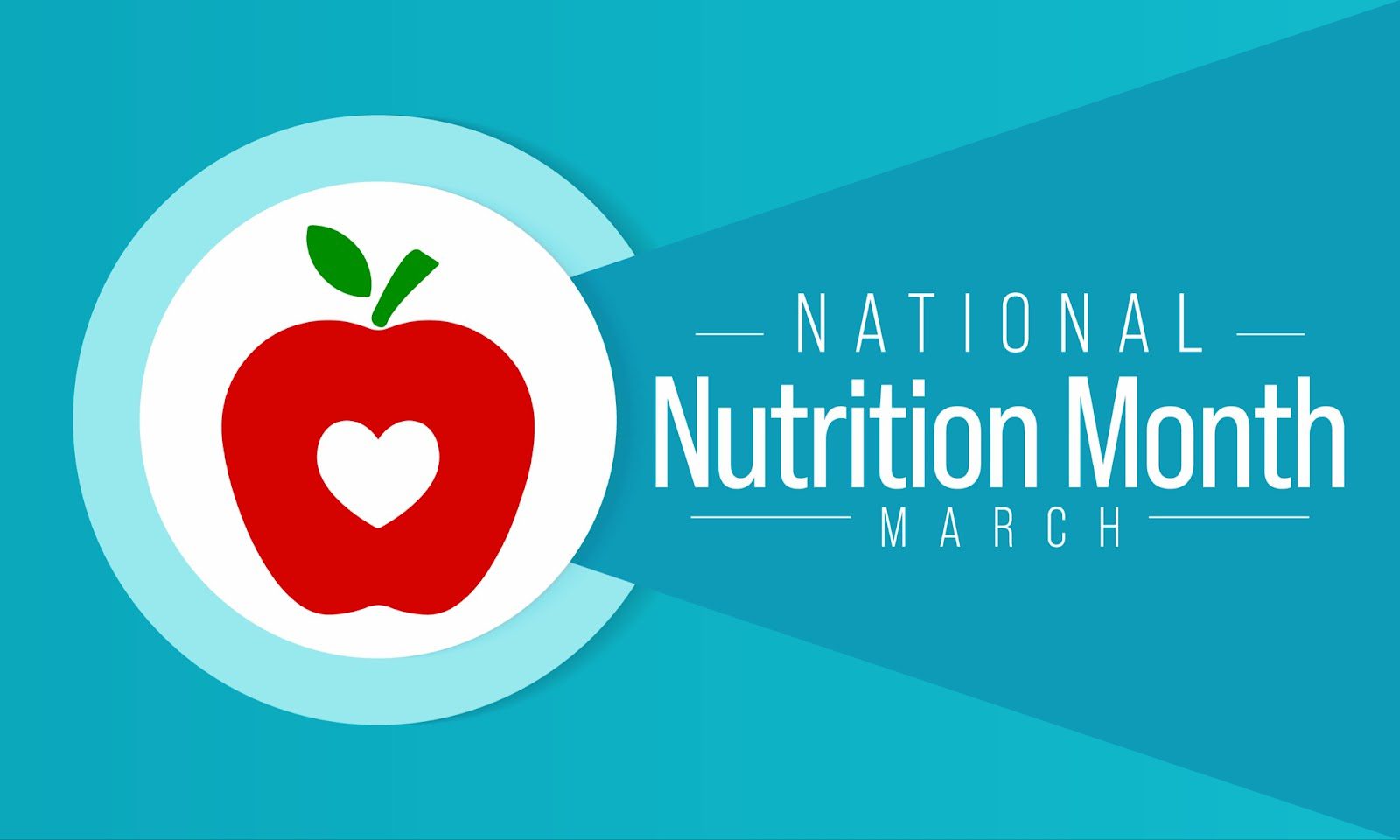Search by Color or Cause


Join the U.S. Food and Drug Administration (FDA) in recognizing National Nutrition Month® every March. Learn how to make informed choices about your food. Start healthy habits by using the FDA’s tools and tips to help you make nutritious choices that last all year long! Green represents nutrition awareness and National Nutrition Month. Wear a green enamel awareness ribbon pin, green fabric ribbon, or a green silicone awareness wristband bracelet to honor this important month.
Take advantage of available resources to help you start healthy habits and make informed food choices. Resources from FDA and the U.S. Department of Agriculture (USDA) are great tools to help you.
Further, consider these suggestions to kickstart healthy habits in your own life:
Learn how to use the Nutrition Facts label as a tool for maintaining healthy dietary practices by visiting FDA’s The New Nutrition Facts Label: What’s in it for you? website.
The U.S. Food and Drug Administration (FDA) has updated the Nutrition Facts label on packaged foods and drinks. For this reason, the FDA is requiring changes to the Nutrition Facts label. The changes are based on updated scientific information, new nutrition research, and input from the public. This is the first major update to the label in over 20 years. The refreshed design and updated information make it easier to make informed food choices that contribute to lifelong healthy eating habits.
So, what’s changed?
Servings per container and serving size information appear in large, bold font. Serving sizes have also been updated to better reflect the amount people typically eat and drink today. NOTE: The serving size is not a recommendation of how much to eat. The nutrition information listed on the Nutrition Facts label is usually based on one serving of the food. Some containers may also have information displayed per package. One package of food may contain more than one serving.
Calories are now in larger and bolder font to make the information easier to find and use. 2,000 calories a day is used as a guide for general nutrition advice. Your calorie needs may be higher or lower depending on your age, sex, height, weight, and physical activity level.
Check your calorie needs at https://www.choosemyplate.gov/resources/MyPlatePlan.
The percent Daily Value (%DV) shows how much a nutrient in a serving of food contributes to a total daily diet.
What information is no longer required on the label? Calories from fat have been removed because research shows the type of fat consumed is more important than the amount. Vitamin A and C are no longer required on the label since deficiencies of these vitamins are rare today. These nutrients can be included on a voluntary basis.
What information was added to the label? Added sugars have been added to the label because consuming too much added sugars can make it hard to meet nutrient needs while staying within calorie limits. Added sugars include sugars that are added during the processing of foods (such as sucrose or dextrose), foods packaged as sweeteners (such as table sugar), sugars from syrups and honey, and sugars from concentrated fruit or vegetable juices.
Vitamin D and potassium are now required to be listed on the label because Americans do not always get the recommended amounts. Diets higher in vitamin D and potassium can reduce the risk of osteoporosis and high blood pressure, respectively. What vitamins and minerals stayed the same? Calcium and iron will continue to be listed on the label because Americans do not always get the recommended amounts. Diets higher in calcium and iron can reduce the risk of osteoporosis and anemia, respectively.
Use the label to support your personal dietary needs. Choose foods that contain more of the nutrients you want to get more of and less of nutrients you may want to limit. More often, choose foods that are higher in dietary fiber, vitamin D, calcium, iron, and potassium. Conversely, choose foods that are lower in saturated fat, sodium, and added sugars. Choosing healthier foods and beverages can help reduce the risk of developing some health conditions, such as high blood pressure, cardiovascular disease, osteoporosis, and anemia.